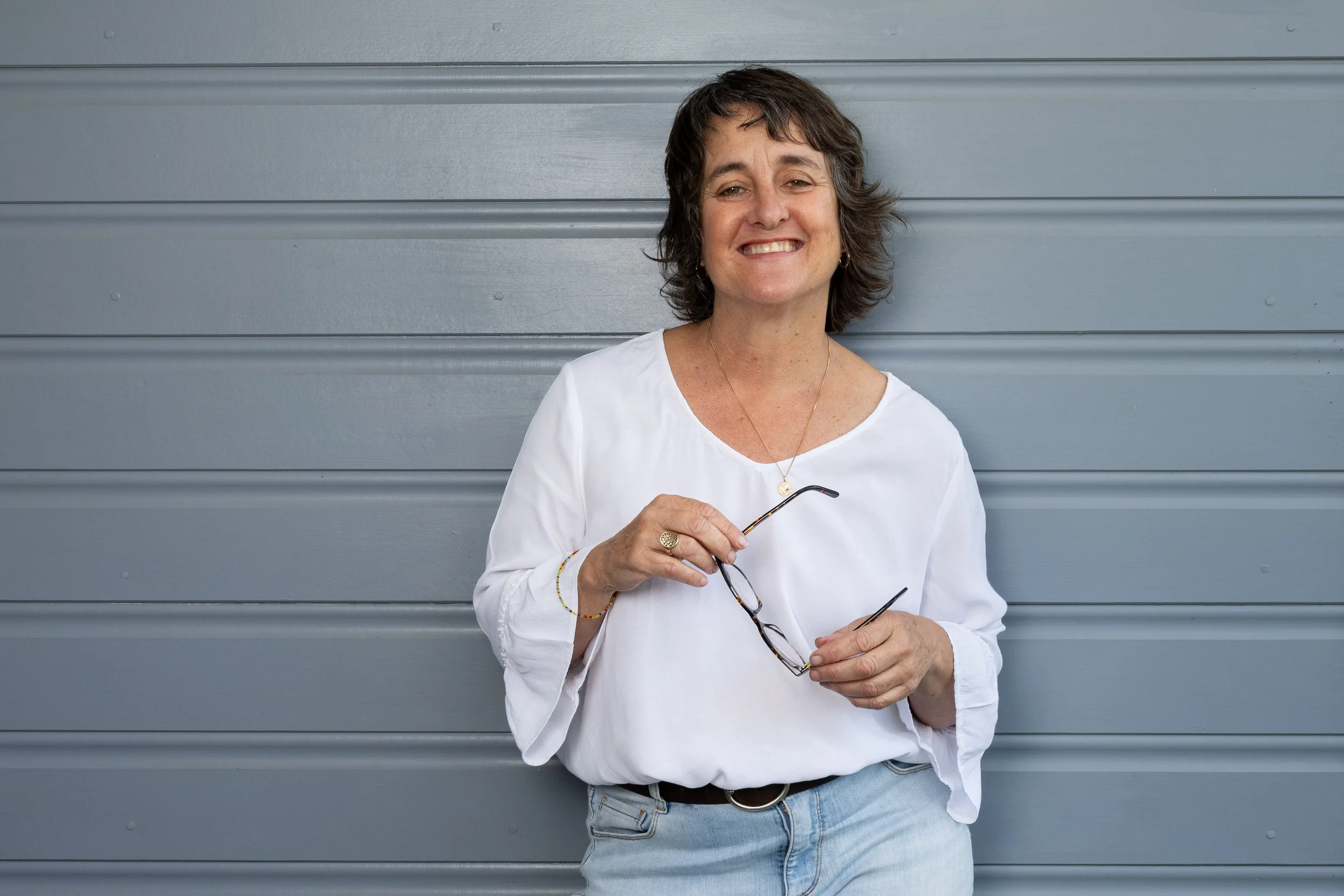I have been a midwife for 25 years and a Calmbirth® practitioner for 16 of those. I studied midwifery in Scotland, where I developed a unique cultural understanding of birth. The UK’s approach to midwifery emphasized community involvement, there was longer care for woman after birth and greater choices for women.
After returning to Australia, I studied a Master’s in Midwifery focusing on Disconnection. I was particularly fascinated by how the conversation around birth was often disconnected from the reality of a woman's experience. Birth was discussed in mechanistic terms, rather than as a deeply personal, physiological process that takes place within a woman’s body.
While I knew this medicalized view of birth was prevalent, my studies helped me understand the philosophical and cultural reasons behind it. I knew there was a need for an antenatal program that addressed both the mind and the body, offering a more holistic approach. One that would support the whole woman and her partner, through this transformative experience and explore how our thoughts about birth can influence our bodies. How fear can sometimes close us off from fully embracing the experience.
This led me to Calmbirth®. I was first introduced to Calmbirth® in 2008 by a male friend who had attended the course with his partner. At the time, Calmbirth® was a relatively new concept. Over the years, it has become a mainstream antenatal program, as the mind-body connection, once considered unconventional, has gained widespread recognition in both the workplace and daily life.
For the past 16 years, I’ve had the privilege of teaching Calmbirth® in various settings, through changing cultural landscapes. Each class I teach offers new insights into myself, the teachings, and the couples I work with. I truly believe that Calmbirth® not only provides invaluable information about birth but also helps individuals access a deeper connection to themselves.
Calmbirth® is taught over a weekend, which allows participants the time and space to reflect on their own relationship with birth. It encourages women to explore how they can support themselves through birth, and how partners or birth support people can assist during the process.
The gift of Calmbirth® is that it not only equips you with the knowledge you need, but it also guides you to connect with your body—where birth truly begins. Our mammalian nature, which is essential for the birth process, is often difficult to access in today’s fast-paced, surface-level world. Calmbirth® provides a pathway to reconnect with that primal part of ourselves.
As your Calmbirth® facilitator, my goal is to gently guide you through this journey, offering tools to help you access your inner self and showing your partner how they can best support you. This partnership is key to fostering a supportive, confident birth experience, no matter how the birth unfolds.
Having worked within the Australian health system for many years, I deeply understand the importance of medical care in birth, but I also recognize the need for women’s active participation in this primal experience. It can sometimes be challenging to balance these two models of care—one that focuses on medical intervention and one that invites the woman to engage with her deeper self. Together, we will explore the nuances of birth in a simple, grounded way that will help you move forward with confidence and clarity.
“It was a very calm and stress-free birth which I definitely attribute in part to your incredible advice and the CalmBirth Course”

